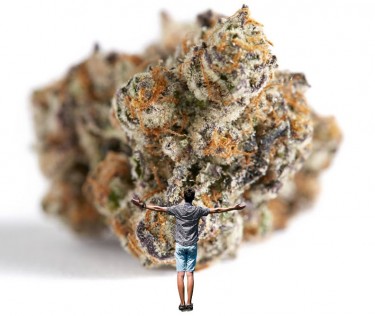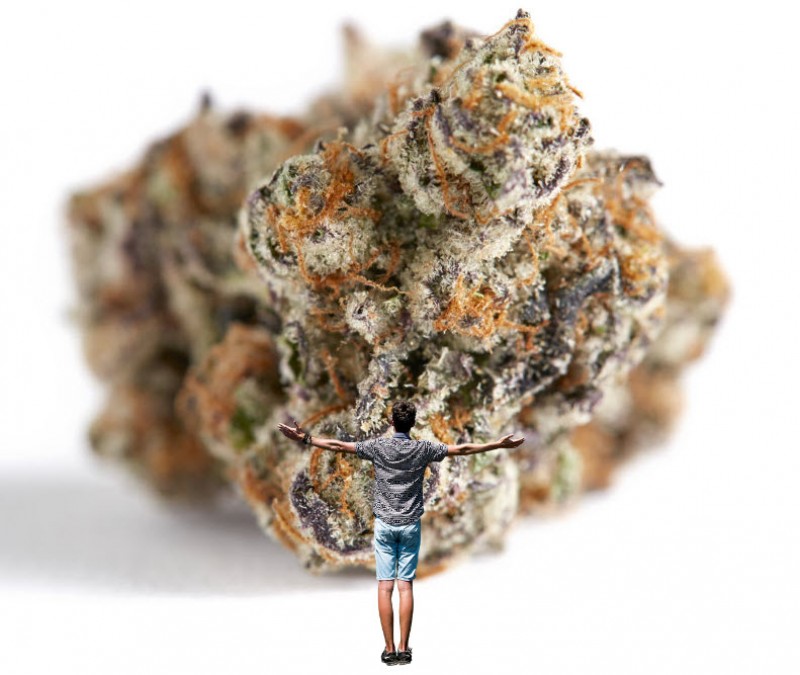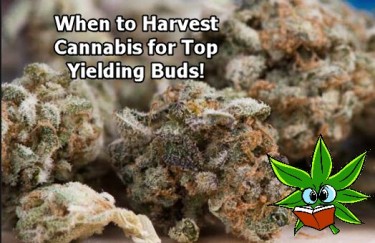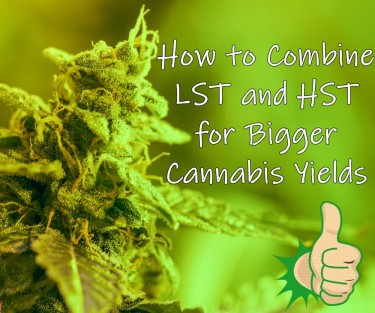Beasters: What The Heck Are They?

Introduction
In the cannabis world, there are some products that came to the limelight prior to the acceptance and growth of cannabis. One such product is BC Bud commonly called beasters. In 2018, Canada brought an end to years of prohibition of cannabis. However, before these restrictions were lifted, Canada played host to a strong network of illegal cannabis markets. The prime reason for this is because some individuals made their way through the US to Canada during the Vietnam War. Many of these people had seeds of cannabis in their pockets which then gave rise to different strips of cannabis plants in different areas of Canada.
This is a brief history of what we mean by beasters, however, this article will do more than give a brief historical background of beasters. We will look at what they are, the differences between them and modern weed, and lots more! Read on.
What are beasters?
Simply put, beasters are potent and high-quality cannabis buds that are full of flavor. Many ascribe the name “beasters” to the Canadian culture, however, some are also against this stance. There is a growing opposition that beasters were never grown in Canada at all. They are said to be a cheaper version of M-39 strains grown in Asia. M-39 strains were said to be grown in warehouses in Asia by gangs and then brought down to Canada. This has allowed room for different questions to rise on the true origin of the dynamic BC Bud.
The uniqueness and quality of beasters in 1990 is enough to prompt different questions and objections. The bud had a unique quality and general acceptance which made many seek to claim that every bud was the same as the iconic BC Bud. Beasters are known to have a certain appeal to the eyes which made them a favorite for many growers.
Growers eventually shot themselves in the leg with beasters at some point. Due to the high acceptance and profit to be made, some growers started making subpar beasters. They were poor in taste and potency which reduced the quality of the bud. Despite this apparent issue, beasters were still acceptable because they were an improvement on some available strains at that time. One example is the buds going to Mexico at that time. They were less potent, dry, and lacked the flavor needed to make them as appealing as the BC Bud.
Differences between beasters and present-day weed
The world has grown considerably from the time of the famous cannabis war and so has the cannabis world too. With the development of new hybrid strains and special Sativa and Indica strains, there are considerable differences between beasters and weed of nowadays. These differences are present in the morphology of the plants and their effects as well. This makes it easy for a seasoned grower to easily differentiate between them and identify beasters.
In terms of the morphology of the plants, beasters have a nice shape with few stems. They also have dynamic trichomes and identifiable hues colored orange, purple, and green. With an indica root and a rich bank of terpenes, beaters have a special taste and flavor that helps them stand out. These special characteristics help growers to easily identify beasters and helps them stand out from other common cannabis plants.
The effects of beasters also follow the expected line of a cannabis strain of Indica lineage. It is not as potent as most hybrid strains present nowadays with about 15 to 20% of THC available. This is still a very high percentage which is why newcomers should take it slow while dealing with beasters. Experienced users might not need to worry though. Beasters have Indica root which means they promote a relaxed and calm feeling. They can be used for their sedative effects and they are also known to have an effect of increasing appetite.
The cannabis plant has a short growing period between 8 to 9 weeks which is why it is loved by growers. The plant is also very unique because it is resistant to mold and pests. The plant has a good terpene bank with a strong limonene content which a reason for its unique aroma. With limited training and trimming, you can easily get a good yield of beaters which means that the growth is simple and direct. Care has to be taking while training the plant due to its delicate nature.
The chances that beasters will give rise to unwanted side effects is very low. With such a cannabinoid profile, chances are little that it can give rise to headache, paranoia, or anxiety problems. This is a big contrast to some of the hybrid cannabis strains available nowadays.
Present view on beasters
As stated earlier, we are a long way from when beasters came into the limelight, present views on cannabis has changed and gradually improved. Many present cannabis users do not know what they are smoking while some are making use of the info available to improve their cannabis experience. Many see beasters as a lesser version of common hybrid strains like Northern Lights which is why it is less popular nowadays. Although there are more hybrid strains that bring the benefits of the Sativa and Indica strains to the table to further improve the experience; it doesn’t change the fact that some enjoy the uniqueness of beasters. They are also good on the side of profit which is why some growers love them.
Bottom line
Irrespective of the actual roots of beasters, they are pivotal to the story of cannabis in Canada. Many cannabis users and growers in Canada still choose beasters over any other bud out there. The strain has grown well with the cannabis culture. From there it has made its way to other markets and benefited many more as well. Beasters still have a strong place in the cannabis industry as there are still many lovers of the bud in the industry. They will be talked about for a long, long time.
WANT BIG BUDS, READ MORE...
BIG BUDS AND HARVESTING TIME, WHAT IS THE RIGHT MOMENT?







